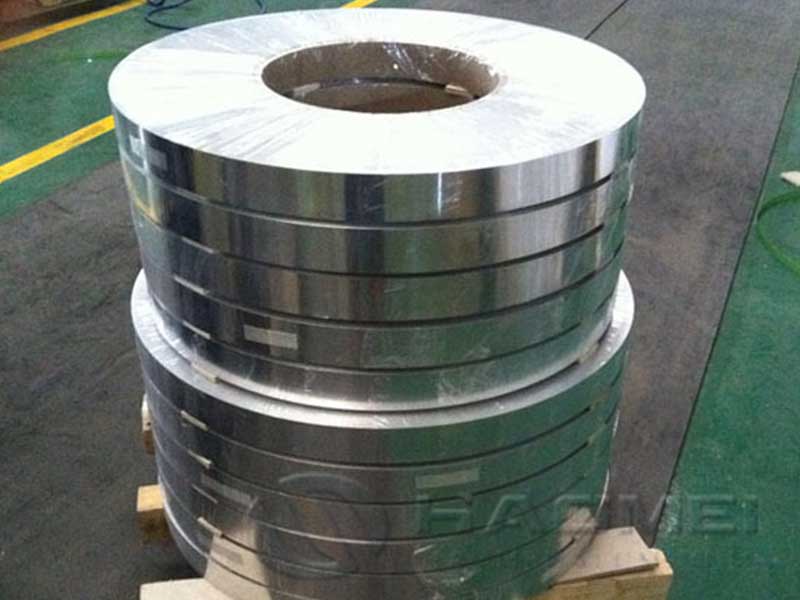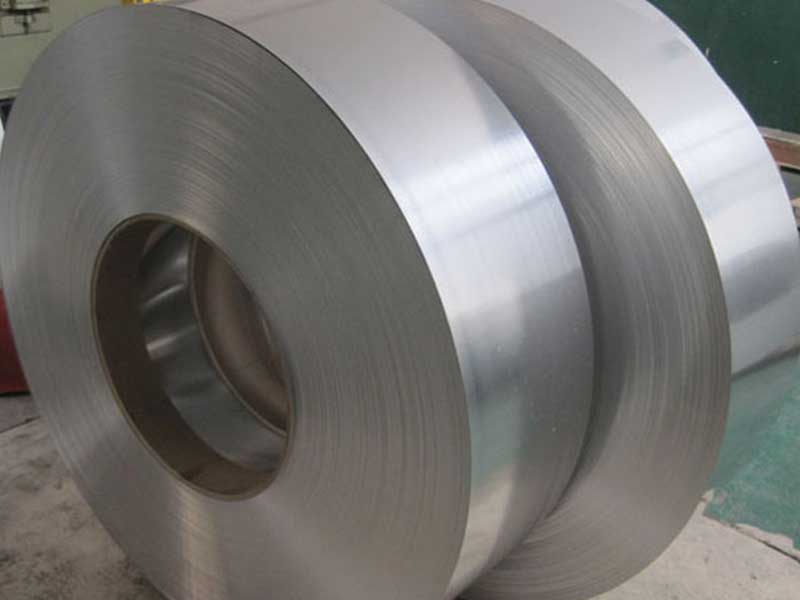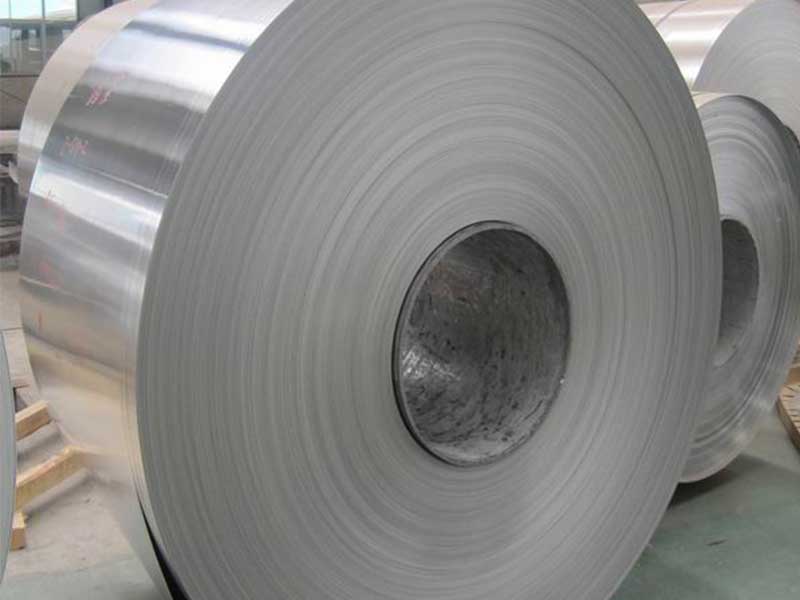Painting White Color Thin Aluminum Strip
When it comes to enhancing the aesthetics of your projects or ensuring additional protective qualities, painting aluminum strips can be both a practical and creative endeavor. A common choice for many applications is the classic white color, renowned for its versatility and sleek appearance.
Understanding Thin Aluminum Strips
Thin aluminum strips are widely used in various applications, from construction to crafts, due to their lightweight properties, corrosion resistance, and ease of fabrication. However, to ensure a long-lasting finish when painting, specific techniques must be employed to address the unique characteristics of aluminum.
Step 1: Preparation of the Surface
The success of any painting project begins with thorough surface preparation. For aluminum strips, this is particularly crucial, as inadequate surface treatment can lead to poor adhesion and peeling paint.
-
Cleaning: Begin by removing any dirt, grease, or oxidation that may be present on the aluminum surface. A mild detergent or degreaser can be utilized. For best results, wash the aluminum strips with warm soapy water and rinse them thoroughly.
-
Sanding: After cleaning, lightly sand the aluminum surface using fine-grit sandpaper (around 120 to 240 grit). This step creates a rough texture that improves paint adhesion. Following sanding, make sure to wipe down the strips with a cloth to eliminate dust.
-
Priming: Applying a quality primer is essential when painting aluminum. A high-quality etching or bonding primer designed for metal surfaces works wonders to enhance adhesion and durability. Apply the primer evenly with a brush or spray, making sure to cover all edges and corners. Allow it to dry completely, preferably overnight.
Step 2: Choosing the Right Paint
When it comes to paint, not all products are created equal—particularly for metal surfaces like aluminum. For painting thin aluminum strips white, consider the following options:
-
Acrylic Paints: Water-based acrylic paints offer excellent durability and flexibility, making them a popular choice for light-duty applications. They’re quick-drying and easy to clean up.
-
Oil-Based Paints: For heavy-duty use, oil-based paints provide a robust finish suitable for high-wear areas. However, they may take longer to dry and require solvents for cleanup.
-
Spray Paints: Spray paints formulated for metal can deliver an even coat and are especially useful for achieving a smooth, professional finish. Look for products specifically marked for use on aluminum and in the color white.
Step 3: Application Techniques
Once your aluminum strips are prepped, primed, and you have selected the appropriate paint, it’s time to apply it. Here are some tips:
-
Temperature and Ventilation: Make sure to paint in a well-ventilated area while maintaining a suitable temperature, ideally between 50°F and 85°F (10°C to 30°C).
-
Application Method: Use either a spray gun for an even coat or a high-quality paintbrush if you prefer a more controlled application. When using spray paint, hold the can about 6 to 8 inches away from the surface and apply in light, sweeping motions. Avoid heavy coats that may lead to drips.
-
Multiple Coats: For an opaque white finish, you may need to apply multiple coats of paint. Follow the manufacturer’s instructions regarding drying times between coats to ensure maximum adhesion and durability.
-
Sealing the Finish: Once you achieve your desired level of coverage, consider sealing the finish with a clear acrylic sealer. This extra layer of protection can guard against UV damage and physical wear.
https://www.al-alloy.com/a/painting-white-color-thin-aluminum-strip.html





